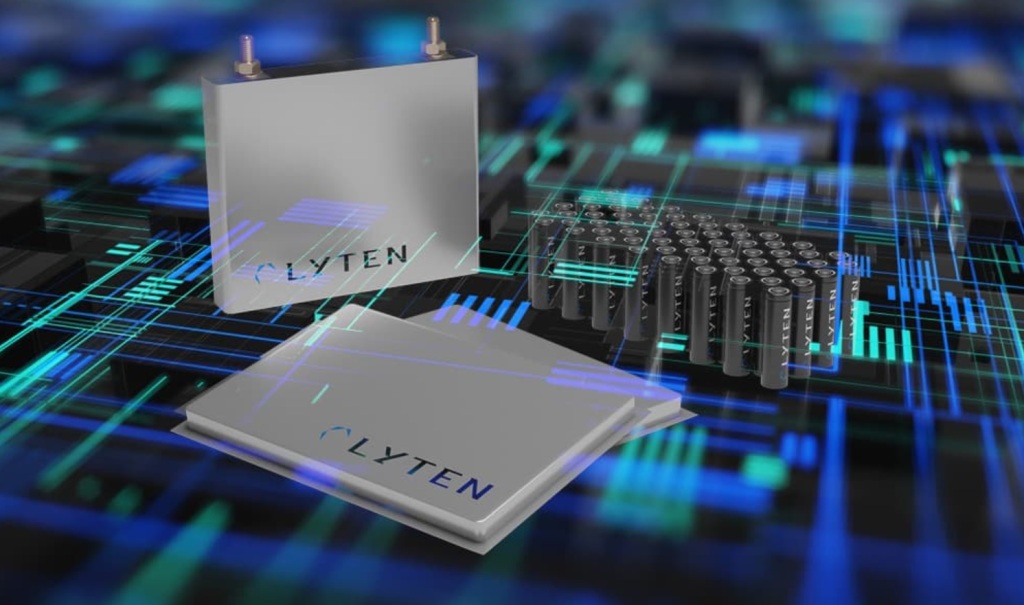If you have an iPhone version 6s or newer, you’ll be getting a free upgrade this fall. No, Apple won’t send you a new phone, but a new operating system for any device can be a big deal because it can

add new features, streamline how you use it and – in some cases – improve performance.
I’ll start with my favorite new feature – a redesigned home screen which now includes the “App Library” which organizes your apps by category or lets you view them alphabetically. This may not seem like a big deal, but the absence of this feature on previous versions of iOS is one of the main reasons I use an Android phone instead of an iPhone. I might rethink that when the new iOS 14 comes out this fall.
Both iPhone and Android allow you to put your apps anywhere you want on the screen, which is great for frequently used apps. But I have a lot of apps, including some that I only use on occasion, and finding them on an iPhone’s home screens (both iPhone and Android allow for multiple screens) is like that proverbial “needle in a haystack.” Sure, you can use Apple’s search function to find an app, but that assumes you know its name. I sometimes don’t remember the name of an app until I see it on the screen. Not all apps have memorable names.
With Android, you have long been able to swipe up from the bottom to see all your apps in alphabetical order, which can make it a lot easier to find an infrequently used app. Apple will now offer that and more, including organizing apps based on their function, such as news, entertainment, travel, etc. You can do that now manually, but the App Library will do it automatically.
Another of my favorite features is what Apple is calling App Clips. These can be described as “mini-apps,” which can be quickly downloaded and opened, often without having to go through the App store. Imagine you’re traveling and want to use an app to pay for parking. You may never pass through that town again and you don’t want to take the time to find the necessary app, download it, sign up for an account and configure it just to park long enough to grab a quick meal. But if there’s a NFC (near-field communications) signal or a bar code on the meter which points you to the App Clip, you could almost immediately pay for your parking. You can even use Apple Pay so you don’t have to bother typing in a credit card. The app clip will remain in your library allowing you to re-use it, delete it or download the full app.
This feature partially addresses a major pet peeve I have with both Android and iOS. I hate that you need to download an app for something that you don’t need to do often. On a PC or a Mac, you can access any web page without having to download anything, but, on smartphones, you need an app for just about anything you want to do. I have apps, for example, for most of the news sources I use, but on my PC, I don’t have any apps for those sources — I just go to their web page.
Improved mapping app
Apple has also made some important improvements to its mapping app. Apple Maps, which got off to a bad start when it was introduced in 2012, has gotten better over time and is now competitive with Google Maps. The upcoming version will be even better with cycling routes and directions to electric vehicle chargers.
Cycling directions will include bike lanes, paths and roads and give you information about elevation, busy streets and ways to avoid steep hills, including showing when you can avoid a hill by carrying your bike up a stair case (which works for those with lightweight bikes and/or strong arms). In addition to working on iPhones, it will also work on the new WatchOS7 for those with an Apple watch. The Apple Watch will also have a handwashing timer to make sure we get rid of any potential COVID-19 germs by washing for at least 20 seconds.
As an owner of a Tesla Model 3, I already have a tool that navigates directly to Tesla charging stations, but Apple is now offering that feature to drivers of any electric vehicle. iOS 14’s new Maps app will be able to track your vehicle’s charge “and factor in things like elevation to automatically add charging stops along the way,” according to Apple. The app will know what type of car you drive to make sure you’re directed to a compatible charging station.
The ability to easily find a charger is one of the big competitive advantages for Tesla, but if this Apple Maps feature works as advertised, it will make things a lot easier for those who drive other electric vehicles. Knowing where you can find a charger within range is a very big deal for EV drivers, and anything Apple can do to encourage people to ditch their gasoline cars for an electric one is a good thing. It’s also good to encourage people to ride bikes, especially during COVID-19, when many people are reluctant to take public transportation.
These are just a few of the features of iOS 14. You can find the rest by going to Apple.com and scrolling down to where you’ll find the iOS 14 preview.
Larry Magid is a tech journalist and internet safety activist.










